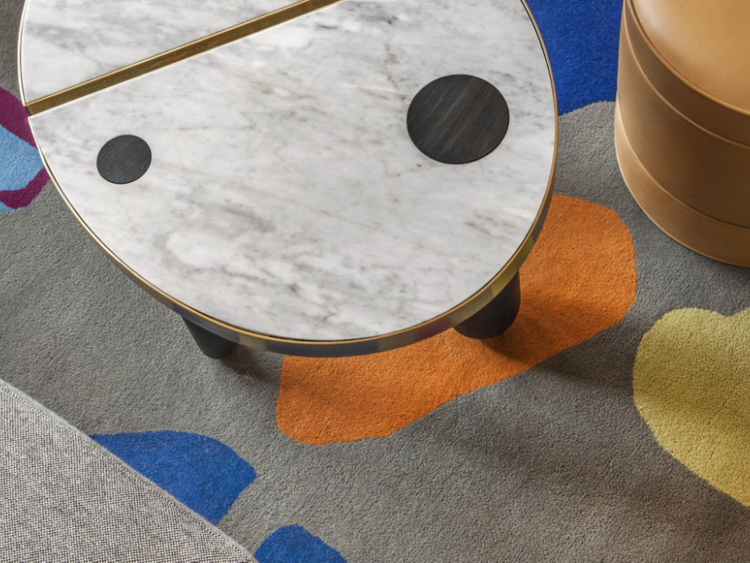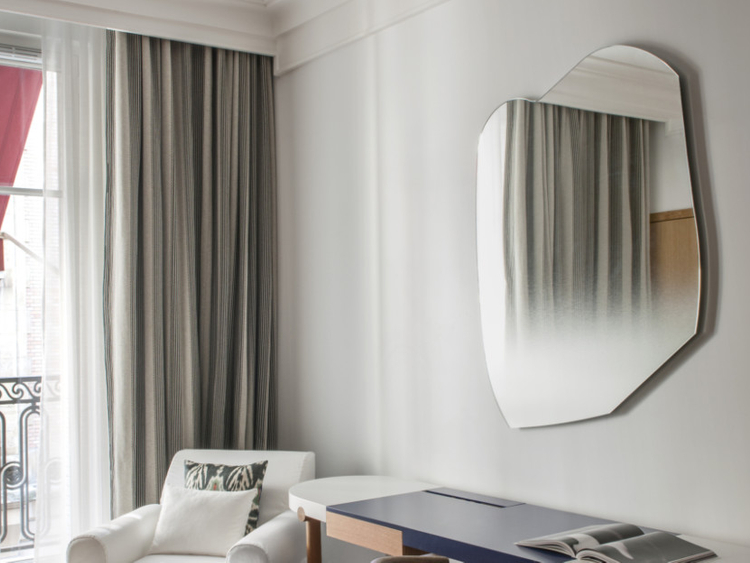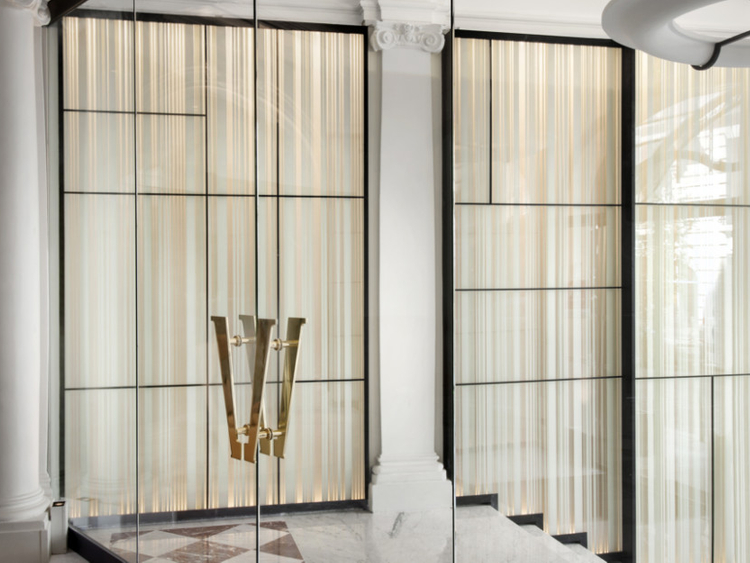Be it someone’s first chance to have their say on how their personal space looks and feels, a starter home or your family home you’ve decided to revamp, the thrill of decorating your intimate spaces never grows old. With tons of options, influences and so much inspiration readily available, decorating by oneself can be daunting, even to the staunchest of Pinterest fans. Melani Sabhaney, founding principal of one of Dubai’s leading residential and hospitality design firms, gives a few tips to help you get it right.
Be inspired
From magazines and online resources to movie sets, there is a plethora of inspiration available at hand, so start looking. Remember, at this stage you are not committing to any theme or style so explore all the images and styles that catch your fancy. As you build your collection, you will see a common thread running through a majority of your selection. Maybe you are attracted to stylised clutter or at the extreme opposite, chic minimalism. Maybe a colour catches your fancy or maybe it’s the big furniture choices that show your leaning towards a particular style. Take note.
Now take in the architecture of your home. Pay attention to the scale, size and, of course, specific architectural details – French windows, exposed beams, period trims and skirting boards etc. Unless you are in the mood for major structural works, it is best to work with the home’s bones — so trim your visual selections to those images that work best with your home.
Size up
While you are building your inspiration book, buy some graph paper and tape measure. Measure your home as accurately as possible and depending on what scale works best for you, plot the plan of the home into the graph paper, designating each grid for 1 foot or 1 metre. With the basic walls on paper and to scale, add the details such as windows, power points etc.
To market
Exciting as it is to be in the market for your home interiors, being spoilt for choice can be a bit overwhelming if you are not prepared. This is how you do it. Narrow down your inspiration board to a maximum three images per room and seek out what you like about each image — make a list. Is it the main furniture or the colour codes or the styling? If you can cut the noise out and pinpoint the key elements that are important – furniture style and colour code — the rest can wait. Armed with this knowledge, scour the market high and low for the key pieces.
Start with the main pieces – the sofa, dining table or the bed. Your research would have pointed to you the finishes, styles and shapes you prefer, but if you find committing to them a tad risky, it’s advised you invest in clean and classic shapes. Find something that really could work with many styles and in a neutral colour. Make sure you note the sizes and before purchasing, plot them on the graph paper to be sure the furniture fits. I recommend you start looking about at the high-end shops – it will give you a clear idea of what is on-trend. Armed with that knowledge, research the market for economical options if you want. West Elm and Indigo Living offer a wide selection of on-trend but cost savvy design pieces. IKEA, Home Centre and Pan Emirates are great choices to replicate the look for less. In case what you like in the market is an expensive, risky choice, delay the purchase and let the rest of the space come into its own. That will give you a better idea if that piece really belongs to that scheme or not.
The details
Indeed it’s the fine print that brings it all together. Colour, patterns, accessories and soft furnishings such as rugs and curtains have great power over character of the finished room. Walls being the canvas of the rooms, be careful in your selection of the colour. White and the 100 shades of beige and browns are classics that will remain forever young and work with any scheme, but if you are looking for added drama, chose a feature colour that compliments the key furniture piece of the room and anoint a feature wall with it. Select rugs, cushions and curtains that echo the feature colour to integrate it into the scheme.
When it comes to rugs and picture frames — key to making a house a home — don’t skimp on size, even if the room is small. You might think a smaller carpet will make a small room look bigger, but to the contrary it only emphasises the modest proportions of the space. A larger rug gives more elegance to a space. Same applies to picture frames; reserve smaller frames for book cabinets and consoles. For the wall, make sure the frame is at least A4 page size.
— Pratyush Sarup is design manager at one of the UAE’s premium interiors firms












